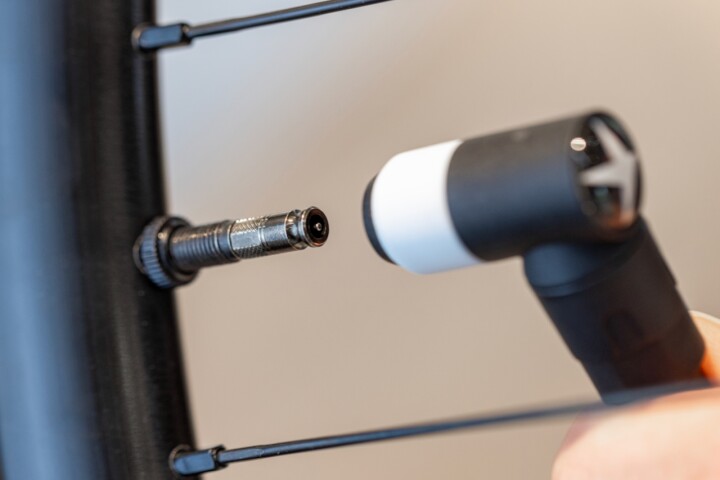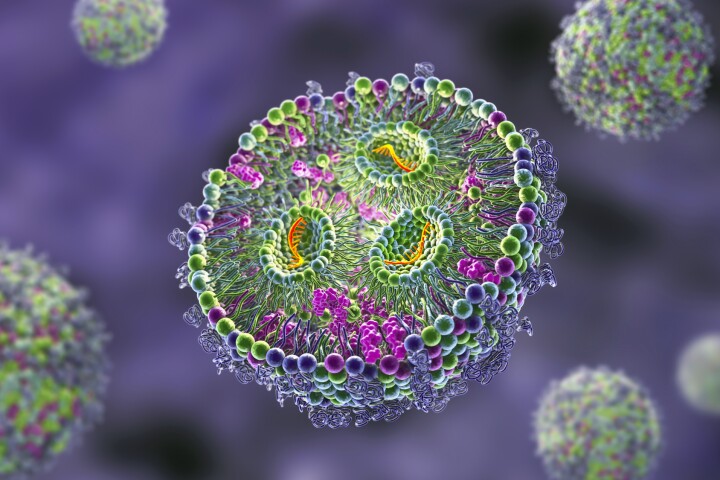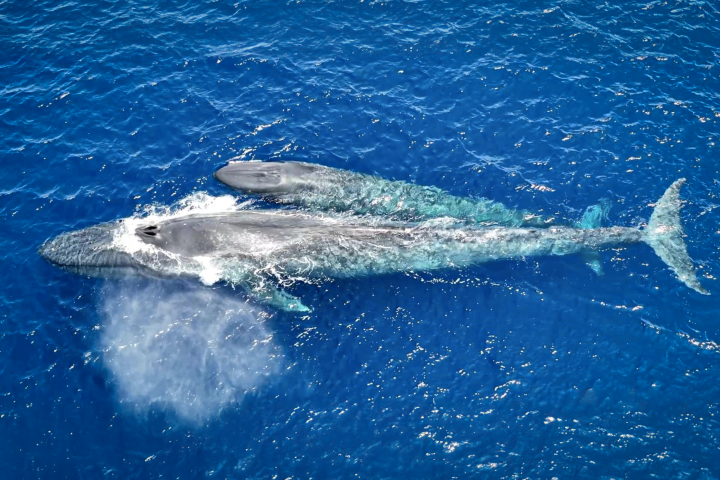 Scientists believe this blue frog sighting is a “once-in-a-lifetime” chance. Jake Barker/AWC –
Scientists believe this blue frog sighting is a “once-in-a-lifetime” chance. Jake Barker/AWC –
“Very occasionally, a green frog is missing yellow pigment in its skin, and it results in an entirely or mostly blue frog,” said Jodi Rowley, Curator of Amphibian & Reptile Conservation Biology at the Australian Museum. “I’ve seen tens of thousands of frogs over the years, and only seen one blue frog – and it was nowhere near as spectacular as this magnificent tree frog.”
The blue-skinned magnificent tree frog (Litoria splendida) was spotted late in the day by field ecologist Jake Barker, in the Charnley River-Artesian Range Wildlife Sanctuary (Wilinggin Country), a remote area in northwestern Australia, where the normally large green amphibians range.
“It was after dark when we first spotted it, perched on a bench in the workshop near our research center,” said Jake Barker, AWC Field Ecologist. “It was very exciting. Magnificent tree frogs are already spectacular, but to see a blue one is a once-in-a-lifetime chance.”
The bright blue hue comes not through choice but a super-rare genetic mutation, which blocks that yellow pigmentation. For a tree frog that grows up to 12 cm (5 in), camouflage is crucial to avoid predation, so this individual’s presentation should be an evolutionary handicap.
However, scientists believe this male to be several years old, which means that despite his conspicuousness, he’s managed to avoid being an easy target so far. Blue can also serve as a warning to predators, indicating toxic compounds on their skin, as is the case with poison dart frogs – a visual defense system known as aposematism.
–
“[The magnificent tree frog] is one of a number of north-west endemics that we come across pretty regularly around here,” said Barker. “They’re not found anywhere else. That’s the great thing about working in The Kimberley – you never know what rare wildlife you’re going to see each day.”
Source: Australian Wildlife Conservancy View gallery – 3 images
–
















